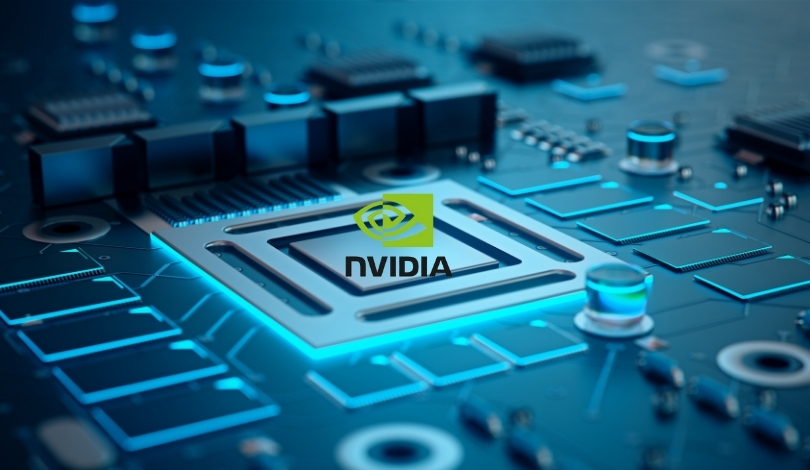With self-driving technology moving quickly from concept to commercial deployment, NVIDIA and Uber have announced a collaboration aimed at developing large-scale level 4 autonomous vehicle (AV) fleets built on NVIDIA’s DRIVE AGX Hyperion 10 platform. The initiative focuses not only on ride-hailing services but also extends to autonomous delivery, promising potential changes in urban logistics and daily transport. This cooperation brings together Uber’s mobility expertise and NVIDIA’s AI-driven hardware, setting the stage for mass production and deployment of AVs in the near future.
Information available from previous announcements emphasized early-stage partnerships between AV technology suppliers and transportation networks; those updates often highlighted pilot projects or small-scale demonstrations. Unlike past statements, this latest initiative comes with concrete production goals, technology specifications, and projected deployment timelines set to commence in 2027. The inclusion of global partners and data-driven AI model development shows a maturing AV market compared to more exploratory efforts seen several years ago.
What Sets NVIDIA DRIVE AGX Hyperion 10 Apart?
NVIDIA DRIVE AGX Hyperion 10 is being positioned as the backbone of the next wave of level 4-ready, software-defined vehicles. Its modular architecture allows for the integration of validated computer and sensor systems, making it adaptable for use across different vehicle types. The system includes the DRIVE AGX Thor processor, a multimodal sensor set, and safety-certified software, making it suitable for production-scale autonomous fleets from cars to trucks. Automakers are encouraged to leverage this customizable system, which can be upgraded via over-the-air software updates for long-term adaptability.
How Will Advanced AI Support Autonomous Driving?
NVIDIA has introduced generative AI and reasoning models to tackle the highly unpredictable nature of real-world driving. These AI systems draw on vast datasets—spanning trillions of real and simulated miles—to process visual, linguistic, and behavioral cues in real time. The integration of the Cosmos foundation model development platform is central to the initiative, enabling the large-scale curation and processing of data essential for training and validating AV systems on unpredictable urban roads.
Which Industry Partners Are Collaborating in the AV Deployment?
Multiple major players, including Stellantis, Lucid, Mercedes-Benz, Aurora, and Volvo Autonomous Solutions, are partnering with NVIDIA and Uber. Their joint efforts involve producing vehicles equipped with NVIDIA DRIVE technologies and supporting a comprehensive level 4 AV ecosystem. These companies are not only creating passenger vehicles but also long-haul trucks and robotaxis destined for Uber’s global network. Other key developers, such as Foxconn, May Mobility, and PlusAI, are contributing to both hardware integration and the scalability necessary for mass autonomy deployment.
Safety has emerged as a central theme, evidenced by the launch of NVIDIA’s Halos system. Designed to provide end-to-end safety guardrails, the Halos System Inspection Lab offers independent evaluations and maintains the Halos Certified Program for rigorous safety certification. Companies like Bosch, AUMOVIO, and Wayve have joined this initiative to strengthen the reliability and trustworthiness of automated vehicles at scale. NVIDIA and Uber aim to enable the deployment of up to 100,000 autonomous vehicles, gradually expanding services from 2027 onward.
“Together with Uber, we’re creating a framework for the entire industry to deploy autonomous fleets at scale, powered by NVIDIA AI infrastructure,”
explained Jensen Huang, founder and CEO of NVIDIA, emphasizing the intent to make wide-scale autonomous mobility viable in everyday operations. Dara Khosrowshahi, CEO of Uber, added,
“NVIDIA is the backbone of the AI era, and is now fully harnessing that innovation to unleash L4 autonomy at enormous scale, while making it easier for NVIDIA-empowered AVs to be deployed on Uber.”
The partnership between NVIDIA and Uber presents a noteworthy leap in the AV sector, offering a combination of mass production capabilities and advanced AI infrastructure. Similar collaborations have often stalled at the prototype or pilot phase due to regulatory uncertainty, scalability, and integration challenges. However, with established automakers, AV software developers, and logistics providers all contributing, there is a practical pathway towards automated fleets serving both passenger and freight transport. For readers interested in the operational future of urban mobility or logistics, understanding the interoperability and updatability of systems like NVIDIA DRIVE AGX Hyperion 10, along with the importance of foundational safety certifications such as the Halos system, provides insight into the shape of autonomous deployment over the next several years. The industry’s current focus remains on safety, scalability, and continuous software development, all of which are crucial for building trust and achieving mainstream adoption of autonomous vehicles.










